 Search by Keyword
Sign Up Below for our MONTHLY BEATLES TRIVIA QUIZ!
|
“YOUR MOTHER SHOULD KNOW”
(John Lennon – Paul McCartney)
In the working world, it’s commonly known that, in order to boost productivity, some well-deserved time away from work is needed. After slaving away 40 hours a week at one's day job, on top of any other family responsibilities one may have, a good vacation most usually results in a fresh mind and eagerness to get back in the trenches. That’s the theory anyway.
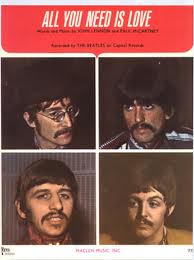 The Beatles were no different. Since November of 1966, they had been hard at work in the recording studio with their creative juices flowing, the landmark album “Sgt. Pepper’s Lonely Hearts Club Band” being the result. Various other songs were also recorded after the album was complete, the incredible “All You Need Is Love” live broadcast on June 25th of that year ending a relatively non-stop residency in EMI Studios, London. The Beatles were no different. Since November of 1966, they had been hard at work in the recording studio with their creative juices flowing, the landmark album “Sgt. Pepper’s Lonely Hearts Club Band” being the result. Various other songs were also recorded after the album was complete, the incredible “All You Need Is Love” live broadcast on June 25th of that year ending a relatively non-stop residency in EMI Studios, London.
With all that under their belts, they decided to rest on their laurels and take a break which lasted nearly two months. Us working stiffs may not be able to take such a long vacation, but then we’re not The Beatles! They spent their time vacationing (George to America), meeting the Maharishi, and/or just taking in the '60s London “scene.”
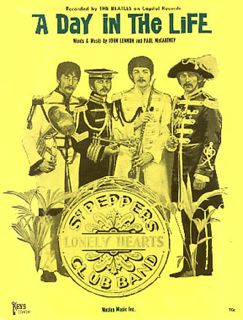 With clear heads, their first foray back into the recording studio in August brought forward a newly written song to be included in their forthcoming project/film “Magical Mystery Tour,” which was already loosely conceived before their vacations began. You would think that, with the “summer of love” mentality of 1967 all around them, they would have come back with a new psychedelic masterpiece that would ‘turn us on’ even more than “A Day In The Life” had a couple of months earlier. However, this didn't happen. Instead, with the film project in mind, on August 22nd, 1967, they started recording a much more grounded song that harkened back to a bygone era, not unlike their previous song “When I’m Sixty-Four.” The new song was “Your Mother Should Know.” And who was responsible for bringing this song forward? As John Lennon said in his 1980 Playboy interview, “Guess who? Paul, of course.” With clear heads, their first foray back into the recording studio in August brought forward a newly written song to be included in their forthcoming project/film “Magical Mystery Tour,” which was already loosely conceived before their vacations began. You would think that, with the “summer of love” mentality of 1967 all around them, they would have come back with a new psychedelic masterpiece that would ‘turn us on’ even more than “A Day In The Life” had a couple of months earlier. However, this didn't happen. Instead, with the film project in mind, on August 22nd, 1967, they started recording a much more grounded song that harkened back to a bygone era, not unlike their previous song “When I’m Sixty-Four.” The new song was “Your Mother Should Know.” And who was responsible for bringing this song forward? As John Lennon said in his 1980 Playboy interview, “Guess who? Paul, of course.”
Songwriting History
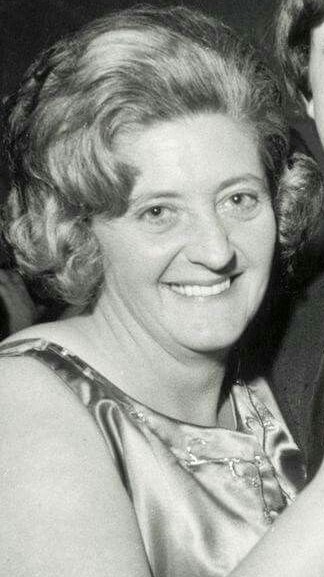 “I dreamed up ‘Your Mother Should Know’ as a production number,” Paul explains in his book “Many Years From Now.” "I thought, ‘Well, okay, at least we’ll sing one or two songs for real.’ I wrote it in Cavendish Avenue on the harmonium I have in the dining room there. My Auntie Jin and Uncle Harry and a couple of relatives were staying and they were in the living room just across the hall, so I just went to the dining room and spent a few hours with the door open with them listening. And I suppose because of the family atmosphere, ‘Your Mother Should Know’ came in. It’s a very music-hall kind of thing, probably influenced by the fact that my Auntie Jin was in the house." “I dreamed up ‘Your Mother Should Know’ as a production number,” Paul explains in his book “Many Years From Now.” "I thought, ‘Well, okay, at least we’ll sing one or two songs for real.’ I wrote it in Cavendish Avenue on the harmonium I have in the dining room there. My Auntie Jin and Uncle Harry and a couple of relatives were staying and they were in the living room just across the hall, so I just went to the dining room and spent a few hours with the door open with them listening. And I suppose because of the family atmosphere, ‘Your Mother Should Know’ came in. It’s a very music-hall kind of thing, probably influenced by the fact that my Auntie Jin was in the house."
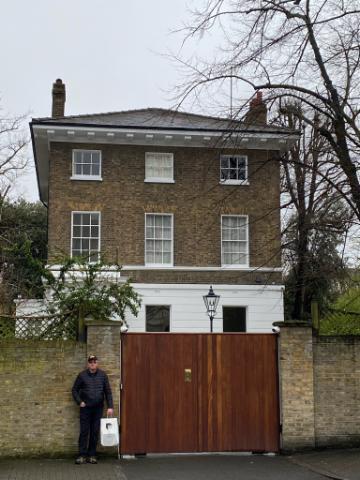 Paul gives more details about this particular visit from Auntie Jin in his book "The Lyrics." "One of the reasons Auntie Jin came down to visit me in London when I was about twenty-four or twenty-five was to talk to me about the sin of smoking pot. Her nickname was 'Control,' and she had been sent down by the family as an emissary. I suppose the word had got back that 'our Paul' was going a bit wild in London, so someone needed to go and check in on him. Anyway, she came down to visit me in Cavendish Avenue, where I'd been living for a while. When your auntie comes to visit, you do some of the old things you did when you were younger. So I was sitting around, playing a bit of piano, having a drink, playing cards, and having a good old chat. It was a very warm atmosphere, and the song arose out of that sense of family." Paul gives more details about this particular visit from Auntie Jin in his book "The Lyrics." "One of the reasons Auntie Jin came down to visit me in London when I was about twenty-four or twenty-five was to talk to me about the sin of smoking pot. Her nickname was 'Control,' and she had been sent down by the family as an emissary. I suppose the word had got back that 'our Paul' was going a bit wild in London, so someone needed to go and check in on him. Anyway, she came down to visit me in Cavendish Avenue, where I'd been living for a while. When your auntie comes to visit, you do some of the old things you did when you were younger. So I was sitting around, playing a bit of piano, having a drink, playing cards, and having a good old chat. It was a very warm atmosphere, and the song arose out of that sense of family."
As suggested by Ian MacDonald’s book “Revolution In The Head,” the song’s title appears to have been, at least subconsciously, inspired by the British screenplay of the popular Broadway play-turned movie “A Taste Of Honey.” The dialogue of one scene, which concerns a white teenage girl becoming pregnant with a black man's child, includes the following:
Geoffrey: You can get rid of babies before they're born, you know.
Jo: Yes I know, but I think that's terrible.
Geoffrey: When's it due?
Jo: About November.
Geoffrey: Your mother should know.
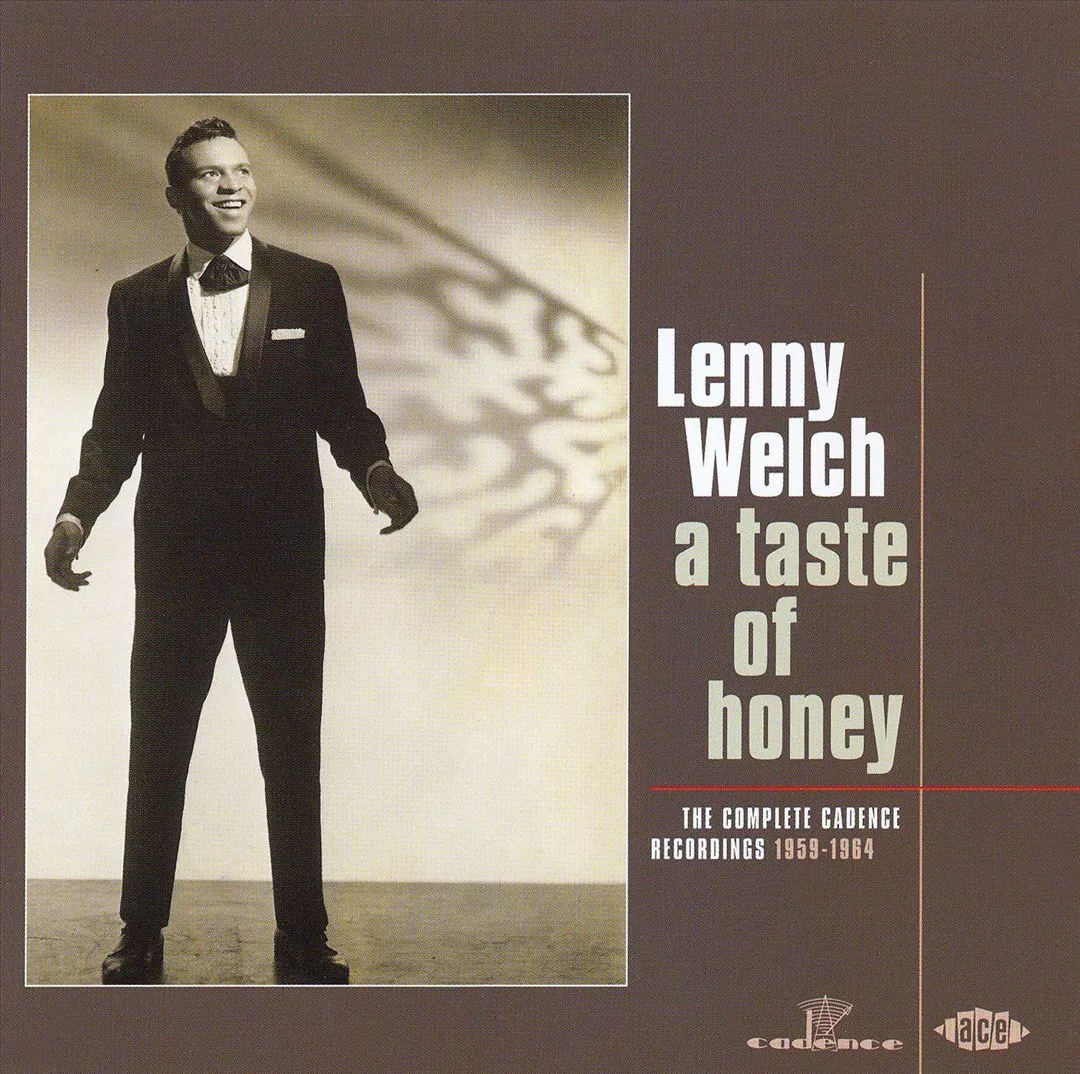 Paul was undoubtedly familiar with this popular 1961 movie, which was adapted from a 1958 play by Shelagh Delaney. The film featured a recurring instrumental theme that was shortly thereafter fitted with lyrics and released as a single by Lenny Welch. The Beatles took notice of this song and learned it at the suggestion of Paul, it soon becoming a favorite of their live act during their formative years, resulting in their cover version of “A Taste Of Honey” appearing on their first British album “Please Please Me.” Paul was undoubtedly familiar with this popular 1961 movie, which was adapted from a 1958 play by Shelagh Delaney. The film featured a recurring instrumental theme that was shortly thereafter fitted with lyrics and released as a single by Lenny Welch. The Beatles took notice of this song and learned it at the suggestion of Paul, it soon becoming a favorite of their live act during their formative years, resulting in their cover version of “A Taste Of Honey” appearing on their first British album “Please Please Me.”
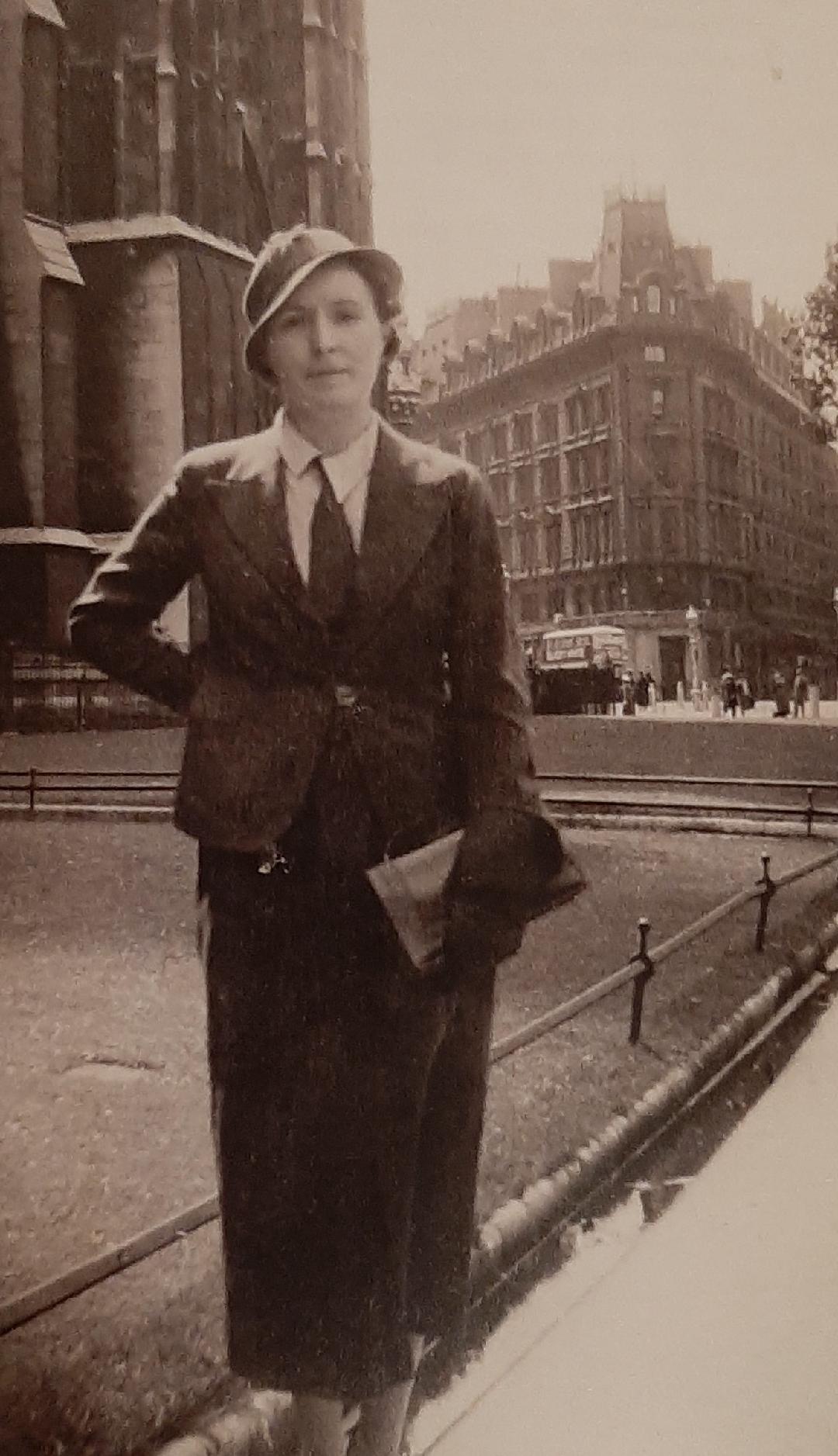 Concerning the lyrical content of “Your Mother Should Know,” Paul adds: "I’ve always hated generation gaps. I always feel sorry for a parent or a child that doesn’t understand each other. A mother not being understood by her child is particularly sad because the mother went through pain to have that child, and so there is this incredible bond of motherly love, like an animal bond between them, but because we mess things up so readily they have one argument and hate each other for the rest of their lives. So I was advocating peace between the generations. In ‘Your Mother Should Know,’ I was basically trying to say your mother might know more than you think she does. Give her credit." Concerning the lyrical content of “Your Mother Should Know,” Paul adds: "I’ve always hated generation gaps. I always feel sorry for a parent or a child that doesn’t understand each other. A mother not being understood by her child is particularly sad because the mother went through pain to have that child, and so there is this incredible bond of motherly love, like an animal bond between them, but because we mess things up so readily they have one argument and hate each other for the rest of their lives. So I was advocating peace between the generations. In ‘Your Mother Should Know,’ I was basically trying to say your mother might know more than you think she does. Give her credit."
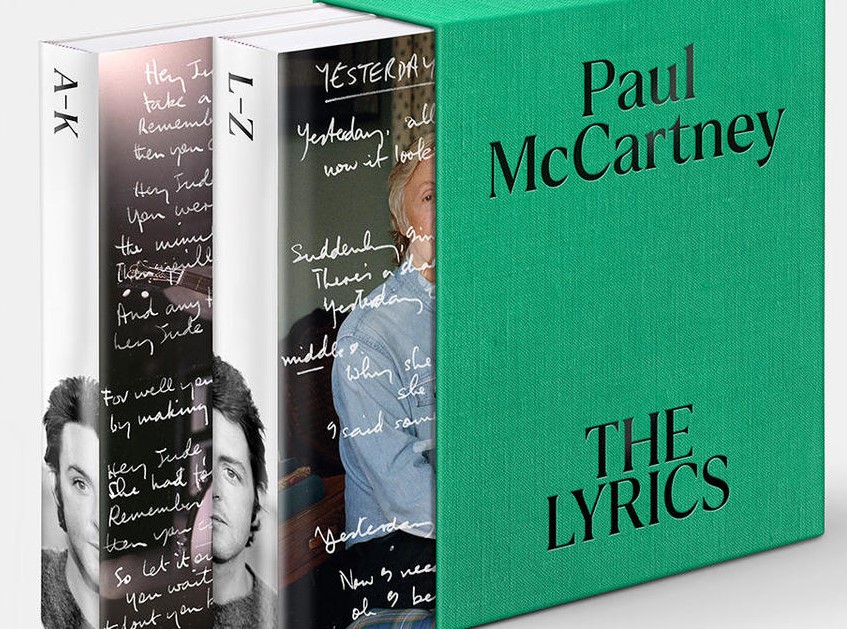 In his book "The Lyrics," Paul adds this about the lyrical intention of the song. "The well-known phrase that ghosts the song is 'mother knows best,' and many of our fans would have been beginning to think that their parents were just a bunch of old fuddy-duddies who had no idea about anything. In fact, however, some of those parents might had harboured quite a strong feeling that The Beatles were dangerous. That didn't really bother us much, because we knew we weren't and the bulk of our work is very optimistic and very well-intentioned." In his book "The Lyrics," Paul adds this about the lyrical intention of the song. "The well-known phrase that ghosts the song is 'mother knows best,' and many of our fans would have been beginning to think that their parents were just a bunch of old fuddy-duddies who had no idea about anything. In fact, however, some of those parents might had harboured quite a strong feeling that The Beatles were dangerous. That didn't really bother us much, because we knew we weren't and the bulk of our work is very optimistic and very well-intentioned."
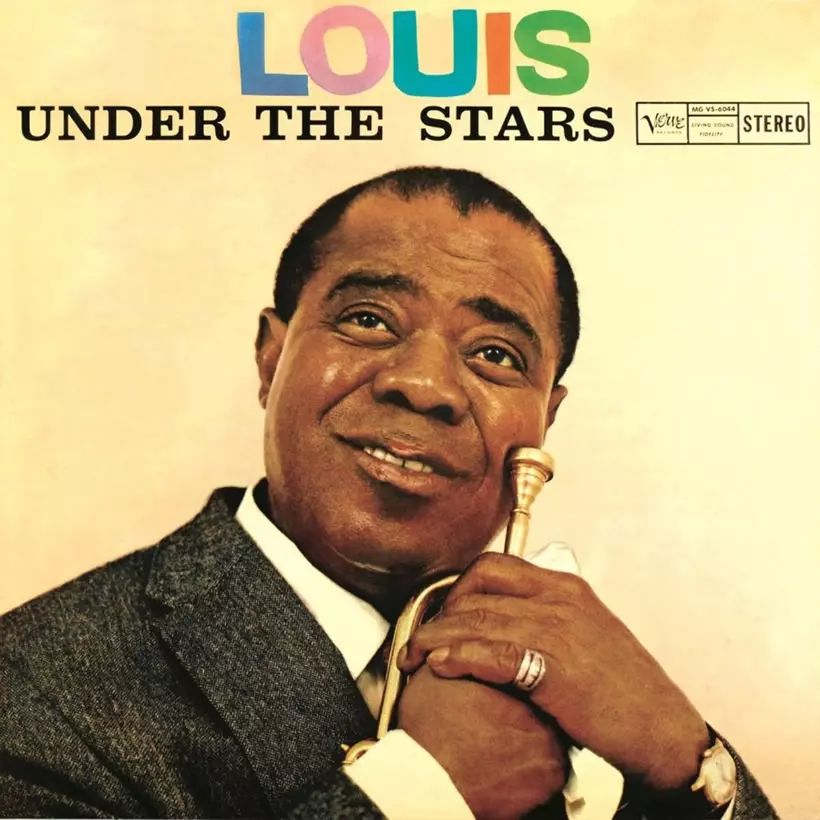 Regarding the melody and musical style chosen for the song, Paul continues: "'Your Mother Should Know' (is) a very simple thought, really, that could have translated easily into the sort of ragtime song that was popular in my parents' era. No one thought it at the time, but we really were big fans of the music that came out of our parents' generation. We recognized the impact of the memorable melodies and the structure of so many of the songs. Something about the structure - verse, chorus, verse, chorus, middle eight, verse, chorus - allowed those songs to last...I remember hearing my dad say that his dad had complained that his music, which was Chicago jazz - Jelly Roll Morton and Louis Armstrong - was 'tin can' music. But it all comes back to what was popular at the time, and I suppose the word 'hit' resonates. We were, after all, in the business of writing hits for The Beatles...I don't see any problem with trying to write hits. You can look at the word 'hit' in two ways - as either crass commercialism or trying to reach people. We knew that what made a song 'a hit before your mother was born' was precisely what would make a 'hit' now and in the future. I say 'precisely,' but it's actually an intangible quality that pulls us all together. It's what makes us a worldwide community of listeners." Regarding the melody and musical style chosen for the song, Paul continues: "'Your Mother Should Know' (is) a very simple thought, really, that could have translated easily into the sort of ragtime song that was popular in my parents' era. No one thought it at the time, but we really were big fans of the music that came out of our parents' generation. We recognized the impact of the memorable melodies and the structure of so many of the songs. Something about the structure - verse, chorus, verse, chorus, middle eight, verse, chorus - allowed those songs to last...I remember hearing my dad say that his dad had complained that his music, which was Chicago jazz - Jelly Roll Morton and Louis Armstrong - was 'tin can' music. But it all comes back to what was popular at the time, and I suppose the word 'hit' resonates. We were, after all, in the business of writing hits for The Beatles...I don't see any problem with trying to write hits. You can look at the word 'hit' in two ways - as either crass commercialism or trying to reach people. We knew that what made a song 'a hit before your mother was born' was precisely what would make a 'hit' now and in the future. I say 'precisely,' but it's actually an intangible quality that pulls us all together. It's what makes us a worldwide community of listeners."
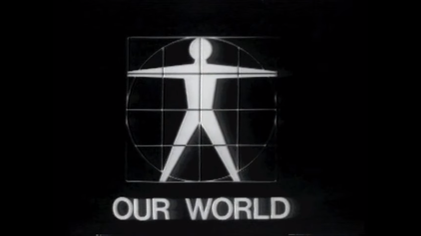 Therefore, the song appears to have been written at Paul’s home at 7 Cavendish Avenue (St. John’s Wood) while relatives were visiting sometime between May and August of 1967. Rumor has it, though, that Paul intended the song for the June 25th, 1967 broadcast of the worldwide satellite television show "Our World," the group choosing John's "All You Need Is Love" instead. However, this has never been confirmed. Therefore, the song appears to have been written at Paul’s home at 7 Cavendish Avenue (St. John’s Wood) while relatives were visiting sometime between May and August of 1967. Rumor has it, though, that Paul intended the song for the June 25th, 1967 broadcast of the worldwide satellite television show "Our World," the group choosing John's "All You Need Is Love" instead. However, this has never been confirmed.
 Chappell Recording Studios advertisement, circa 1970's
|
Recording History
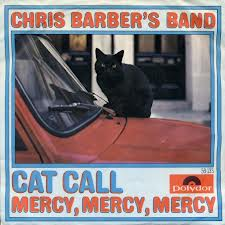 After a two-month break from recording, The Beatles scheduled two recording sessions at a studio they had never utilized before, Chappell Recording Studios in Central London. Engineer John Timperley, who worked on these sessions, explains: “Abbey Road was fully booked on those two nights, but George Martin had been using our studio for quite a few of his other artists and I had worked with him at Olympic and at IBC in the pre-Beatles days when Abbey Road was booked-up.” Also, Paul attended a session at these studios during the group’s two-month break, on July 20th, 1967, to contribute piano and adlib vocal sounds to The Chris Barber Band’s rendition of McCartney’s instrumental “Catcall” (formerly known as “Catswalk”). This recent familiarity with the studios possibly had something to do with The Beatles booking August 22nd and 23rd, 1967 for starting Paul’s new composition “Your Mother Should Know.” After a two-month break from recording, The Beatles scheduled two recording sessions at a studio they had never utilized before, Chappell Recording Studios in Central London. Engineer John Timperley, who worked on these sessions, explains: “Abbey Road was fully booked on those two nights, but George Martin had been using our studio for quite a few of his other artists and I had worked with him at Olympic and at IBC in the pre-Beatles days when Abbey Road was booked-up.” Also, Paul attended a session at these studios during the group’s two-month break, on July 20th, 1967, to contribute piano and adlib vocal sounds to The Chris Barber Band’s rendition of McCartney’s instrumental “Catcall” (formerly known as “Catswalk”). This recent familiarity with the studios possibly had something to do with The Beatles booking August 22nd and 23rd, 1967 for starting Paul’s new composition “Your Mother Should Know.”
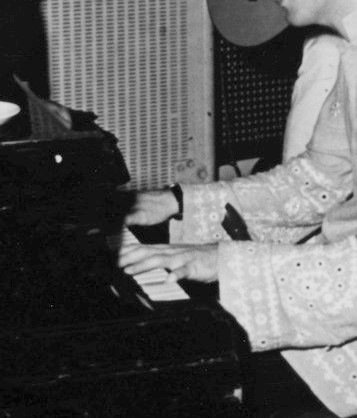 The time that the first session on August 22nd, 1967 began is unknown but, if old habits die hard, their usual 7 pm starting time is the probability. After some rehearsal, they ran through eight takes of the rhythm track, "take eight" being deemed best. The instrumentation on these takes consisted of Paul on piano, Ringo on drums and someone (probably George) on rhythm guitar. At the end of "take eight" Paul played a simple rising four note piano phrase which was then edited off of the finished product (but can be heard on bootlegs). It appears that John sat out on this session or was not present on this day. No vocals were recorded at all at this point. It’s interesting to note here that Chappell’s standard practice was to record at 30 ips tape speed, which is twice the 15 ips used at EMI Studios and thereby presented some transfer problems a little later on. The time that the first session on August 22nd, 1967 began is unknown but, if old habits die hard, their usual 7 pm starting time is the probability. After some rehearsal, they ran through eight takes of the rhythm track, "take eight" being deemed best. The instrumentation on these takes consisted of Paul on piano, Ringo on drums and someone (probably George) on rhythm guitar. At the end of "take eight" Paul played a simple rising four note piano phrase which was then edited off of the finished product (but can be heard on bootlegs). It appears that John sat out on this session or was not present on this day. No vocals were recorded at all at this point. It’s interesting to note here that Chappell’s standard practice was to record at 30 ips tape speed, which is twice the 15 ips used at EMI Studios and thereby presented some transfer problems a little later on.
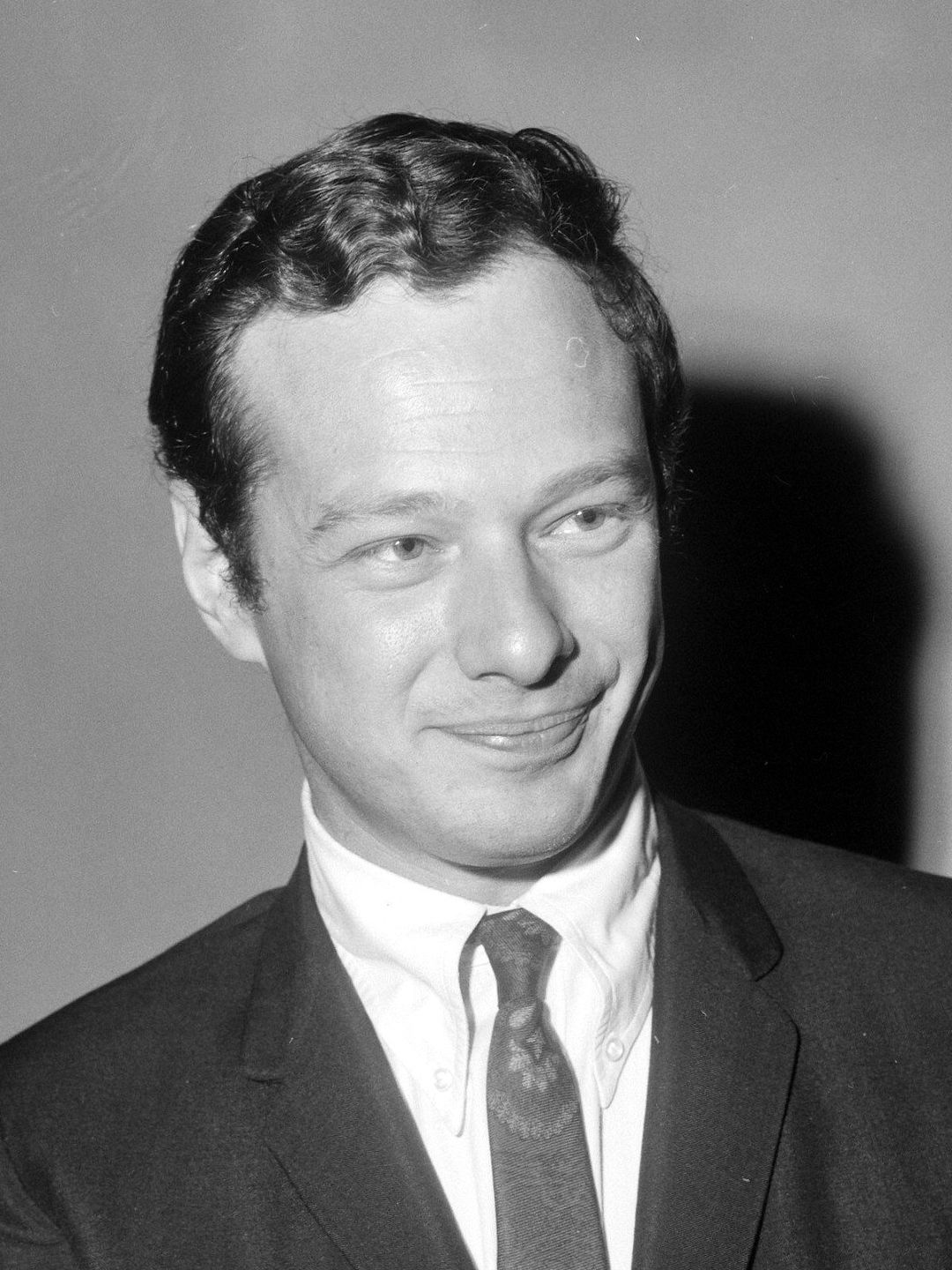 The following day, August 23rd, 1967, saw them once again using Chappell Studios, this being the final session visited by The Beatles’ manager Brian Epstein before his death four days later (August 27th, 1967) of an accidental overdose of sleeping pills mixed with alcohol. “He came in to hear the playbacks looking extremely down and in a bad mood,” remembered John Timperley who was also engineering this session. “He just stood at the back of the room listening, not saying much.” The following day, August 23rd, 1967, saw them once again using Chappell Studios, this being the final session visited by The Beatles’ manager Brian Epstein before his death four days later (August 27th, 1967) of an accidental overdose of sleeping pills mixed with alcohol. “He came in to hear the playbacks looking extremely down and in a bad mood,” remembered John Timperley who was also engineering this session. “He just stood at the back of the room listening, not saying much.”
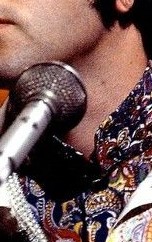 Probably starting at the usual 7 pm or so, the first point of business was creating a proper tape reduction of yesterday’s "take eight" of the rhythm track to free up room on the four-track tape for overdubs. This brought the master of the song to "take nine," onto which vocal overdubs were performed. Paul recorded his lead vocals, which included answering “oooh”s whenever the title of the song was sung. Paul then double-tracked these vocals, intermittently harmonizing with himself on the “oooh”s. The next job was to record the background harmony vocals, these sung by Paul, John and George. These background vocals include the intricate “oooh” harmonies that begin the song as well as the “your mother should…know” lyric lines sung at strategic spots in the song which all but covered up the “oooh” vocals Paul had just completed singing during his lead vocal tracks. The one exception to the harmony lyrics was “ye-ah,” which ends the song. This completed the session for the day. Probably starting at the usual 7 pm or so, the first point of business was creating a proper tape reduction of yesterday’s "take eight" of the rhythm track to free up room on the four-track tape for overdubs. This brought the master of the song to "take nine," onto which vocal overdubs were performed. Paul recorded his lead vocals, which included answering “oooh”s whenever the title of the song was sung. Paul then double-tracked these vocals, intermittently harmonizing with himself on the “oooh”s. The next job was to record the background harmony vocals, these sung by Paul, John and George. These background vocals include the intricate “oooh” harmonies that begin the song as well as the “your mother should…know” lyric lines sung at strategic spots in the song which all but covered up the “oooh” vocals Paul had just completed singing during his lead vocal tracks. The one exception to the harmony lyrics was “ye-ah,” which ends the song. This completed the session for the day.
 Although much work was done on “Your Mother Should Know” by this point, shortly thereafter it was decided that the previous sessions didn’t do the song justice and Paul wanted to start over from scratch. Therefore, over three weeks later, on September 16th, 1967, The Beatles entered EMI Studio Three at 7 pm (or thereabouts) to start again. Starting at a round number "take 20," they recorded eleven takes (20 through 30) of a new rhythm track with somewhat different instrumentation and arrangement. Paul sang a guide vocal while he played a harmonium, John played a “jangle piano,” George on bongos and Ringo on drums featuring a military-style snare beat at times. "Take 27," which is featured on the “Anthology 2” compilation album, begins with Paul mockingly addressing producer George Martin with the words, “Do you want us to do it again, George?....okay.…with ciggy in mouth!” This take was temporarily marked as best and the session concluded at 3:45 am the following morning after some mono mixes and tape copying of previously recorded “Magical Mystery Tour” songs were completed. Although much work was done on “Your Mother Should Know” by this point, shortly thereafter it was decided that the previous sessions didn’t do the song justice and Paul wanted to start over from scratch. Therefore, over three weeks later, on September 16th, 1967, The Beatles entered EMI Studio Three at 7 pm (or thereabouts) to start again. Starting at a round number "take 20," they recorded eleven takes (20 through 30) of a new rhythm track with somewhat different instrumentation and arrangement. Paul sang a guide vocal while he played a harmonium, John played a “jangle piano,” George on bongos and Ringo on drums featuring a military-style snare beat at times. "Take 27," which is featured on the “Anthology 2” compilation album, begins with Paul mockingly addressing producer George Martin with the words, “Do you want us to do it again, George?....okay.…with ciggy in mouth!” This take was temporarily marked as best and the session concluded at 3:45 am the following morning after some mono mixes and tape copying of previously recorded “Magical Mystery Tour” songs were completed.
A week-and-a-half later, Paul decided that the original attempt at “Your Mother Should Know” recorded at Chappell Studios could be salvaged by adding some overdubs. Therefore, on September 29th, 1967, the group entered EMI Studio Two at around 7 pm to finish up the song, as well as create the landmark mono mix of “I Am The Walrus,” complete with a radio transmission of Shakespear’s “The Tragedy Of King Lear” faded in and out. After this extensive mix was edited, at probably around 1 am the following morning, the original recording of “Your Mother Should Know” took their attention.
 After three attempts at a tape reduction were made to free up more tracks (these documented as ‘takes 50 to 52’ for some exaggerated reason), the third tape reduction ("take 52") was ready for overdubs. Paul performed his bass part, John overdubbed an organ part mimicking Paul’s piano work from the rhythm track during the instrumental sections, and Ringo added tambourine at various places in the song. What sounds like a tamboura drone in the final seconds of the song was most likely played by George at this overdub session as well (if it is a tamboura we are hearing…it’s not officially documented by any credible sources). With these overdubs performed, the song was complete. After three attempts at a tape reduction were made to free up more tracks (these documented as ‘takes 50 to 52’ for some exaggerated reason), the third tape reduction ("take 52") was ready for overdubs. Paul performed his bass part, John overdubbed an organ part mimicking Paul’s piano work from the rhythm track during the instrumental sections, and Ringo added tambourine at various places in the song. What sounds like a tamboura drone in the final seconds of the song was most likely played by George at this overdub session as well (if it is a tamboura we are hearing…it’s not officially documented by any credible sources). With these overdubs performed, the song was complete.
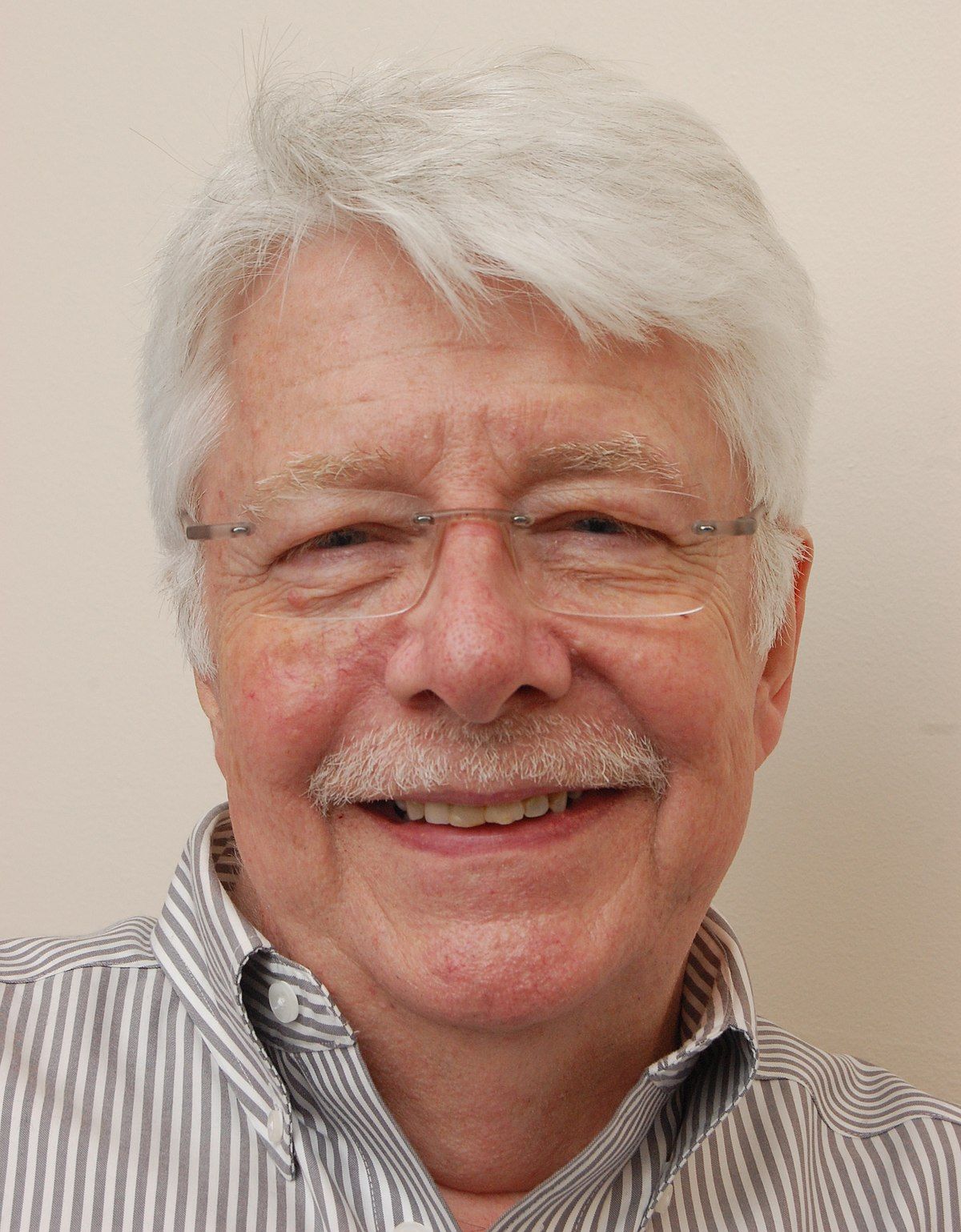 The first mono mix of "Your Mother Should Know" was performed at the end of the session by George Martin along with engineers Ken Scott and Graham Kirkby, this mix numbered "take 20" even though it was the first mix made of the song. The mix was made with the machine running at 60 1/2 cycles per second undoubtedly to compensate for the song recorded at a different ips at Chappell Studios a month prior. This was for naught, however, since the released mono mix was performed at a later date. At any rate, the session for this day was complete the following morning at 5 am. The first mono mix of "Your Mother Should Know" was performed at the end of the session by George Martin along with engineers Ken Scott and Graham Kirkby, this mix numbered "take 20" even though it was the first mix made of the song. The mix was made with the machine running at 60 1/2 cycles per second undoubtedly to compensate for the song recorded at a different ips at Chappell Studios a month prior. This was for naught, however, since the released mono mix was performed at a later date. At any rate, the session for this day was complete the following morning at 5 am.
October 2nd, 1967 was the day the released mono mix was made, this occurring in the control room of EMI Studio Two by the same recording staff. Five attempts were done (remixes 21 – 25), ‘remix 25’ being marked as best. One noticeable feature of this mono mix is the "phasing" which is dramatically present in the final verse.
 The stereo mix of the song was done on November 6th, 1967 in the control room of EMI Studio Three by George Martin, Geoff Emerick and Ken Scott. Two attempts were made, the second being deemed the best which readied the song for release. No phasing was heard in the final verse as was heard on the mono mix. The stereo landscape consists of the rhythm track and the bass guitar centered in the mix while the organ and tambourine are found only in the right channel. They got very adventurous with the vocals, however, having all lead and background vocals in the left channel for the first and second verse, then panned to the right channel for the third verse, then panned back to the left channel for the phrase “sing it again” just before the final verse, and finally centered in the mix for the final “da, da, da, da” verse. Very tricky indeed! The stereo mix of the song was done on November 6th, 1967 in the control room of EMI Studio Three by George Martin, Geoff Emerick and Ken Scott. Two attempts were made, the second being deemed the best which readied the song for release. No phasing was heard in the final verse as was heard on the mono mix. The stereo landscape consists of the rhythm track and the bass guitar centered in the mix while the organ and tambourine are found only in the right channel. They got very adventurous with the vocals, however, having all lead and background vocals in the left channel for the first and second verse, then panned to the right channel for the third verse, then panned back to the left channel for the phrase “sing it again” just before the final verse, and finally centered in the mix for the final “da, da, da, da” verse. Very tricky indeed!
A tape copy of the mono mix was then made by the same engineering staff in the control room of EMI Studio Two on November 7th, 1967 to be taken away by Voyle Gilmore of Capitol Records for US release.
Song Structure and Style
The structure of “Your Mother Should Know” is actually quite simple, containing what amounts to a repeat of the same verse a few times with an instrumental interlude (we’ll call it a “bridge”) thrown in a couple of times. This appears as ‘verse/ verse/ bridge/ verse/ bridge/ verse’ (or aababa) with no need of an actual solo segment. But, as expected with The Beatles, there are many variations thrown in to keep the song interesting.
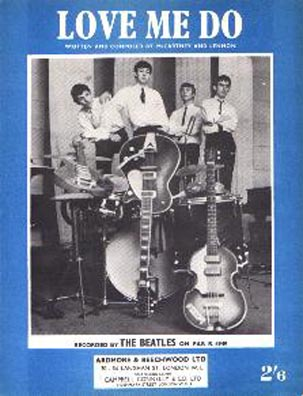 First off, each verse differs in length, as we’ll discuss below. Secondly, the chord pattern found in each element of the song, verses and bridges, displays a movement from a minor key at the beginning to a major key at the end, from A minor to C major in each instance. Add to this some subtle musical layering techniques here and there, the song leaves the impression that the listener has just heard another hummable well-written Beatles classic, when upon examination, he’s basically just heard the same lyrics repeated four times. While both “Love Me Do” and “Do You Want To Know A Secret?” employ the same technique, at least these two songs had a lyrical bridge that added to the story a little. However, there’s more musically and structurally to “Your Mother Should Know” than meets the eye. First off, each verse differs in length, as we’ll discuss below. Secondly, the chord pattern found in each element of the song, verses and bridges, displays a movement from a minor key at the beginning to a major key at the end, from A minor to C major in each instance. Add to this some subtle musical layering techniques here and there, the song leaves the impression that the listener has just heard another hummable well-written Beatles classic, when upon examination, he’s basically just heard the same lyrics repeated four times. While both “Love Me Do” and “Do You Want To Know A Secret?” employ the same technique, at least these two songs had a lyrical bridge that added to the story a little. However, there’s more musically and structurally to “Your Mother Should Know” than meets the eye.
We start off the song with two measures of vamping by Paul on piano from the rhythm track, added to by his clever bass descending flourishes (the first of which is the first thing heard on the song) and oscillating backing vocals, all performed as overdubs. This slight minor key introduction, only two-measures long, is all that is needed to set the stage.
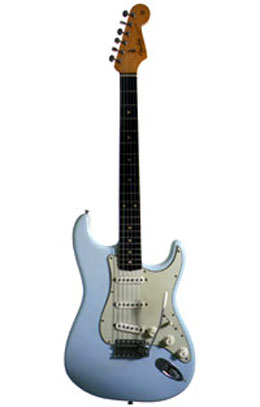 The first verse comes next, which is eleven measures in length. On top of the piano vamping and bass work are Paul’s double-tracked lead vocals, rendering the first seven measures of the verse as having been performed entirely by Paul alone. The eighth measure, however, brings in George on guitar and the background harmonies of John, Paul and George (John to the fore in falsetto) singing a staggered “your mother should…kno-ow.” The eleventh measure brings in Ringo on drums playing a typical swing-style beat using his hi-hat while Paul invites himself (and the rest of us) to “sing it again.” The first verse comes next, which is eleven measures in length. On top of the piano vamping and bass work are Paul’s double-tracked lead vocals, rendering the first seven measures of the verse as having been performed entirely by Paul alone. The eighth measure, however, brings in George on guitar and the background harmonies of John, Paul and George (John to the fore in falsetto) singing a staggered “your mother should…kno-ow.” The eleventh measure brings in Ringo on drums playing a typical swing-style beat using his hi-hat while Paul invites himself (and the rest of us) to “sing it again.”
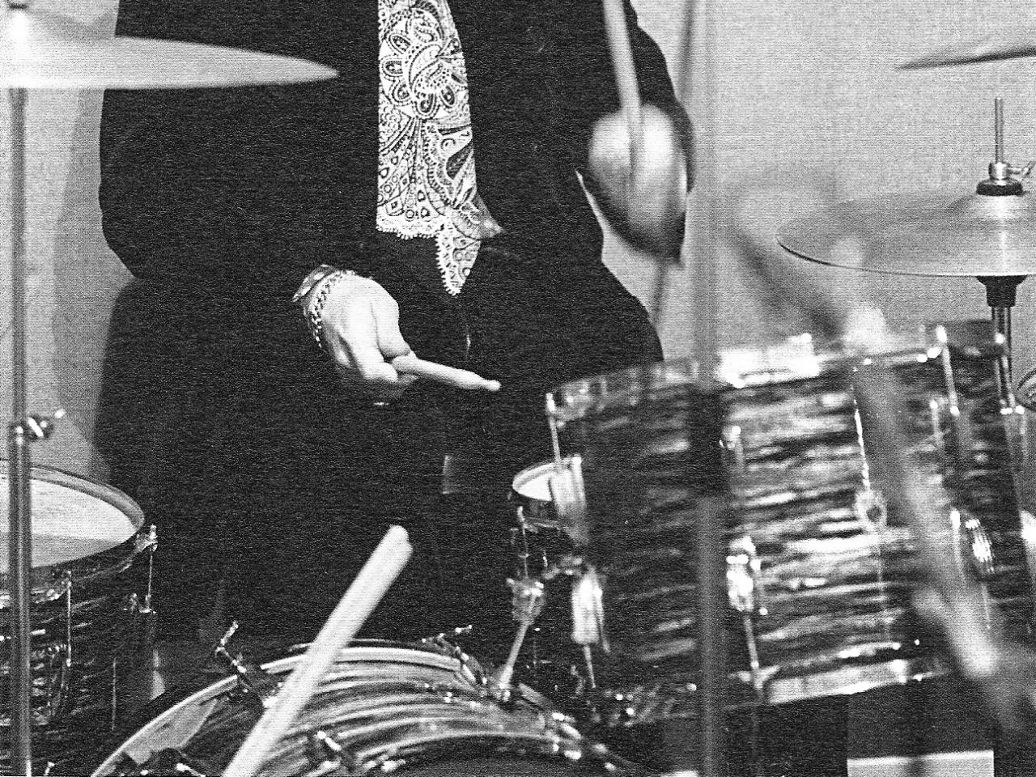 The second verse is identical to the first in most respects. The differences are that Ringo plays drums throughout the entire verse this time (notice his open hi-hat “swish” in the third measure) and Paul alters his bass pattern somewhat, abandoning his descending flourishes as heard in the introduction and opening measures of the first verse, now playing along with Ringo to complete the rhythm section of the song. The eleventh measure is dropped this time around, making this a ten-measure verse. Since an instrumental bridge is next heard, there is no need to invite us to “sing it again,” therefore no need for an eleventh measure. This facilitates the need for the background vocals to slide down the last word “know” as a transition to the bridge that follows. The second verse is identical to the first in most respects. The differences are that Ringo plays drums throughout the entire verse this time (notice his open hi-hat “swish” in the third measure) and Paul alters his bass pattern somewhat, abandoning his descending flourishes as heard in the introduction and opening measures of the first verse, now playing along with Ringo to complete the rhythm section of the song. The eleventh measure is dropped this time around, making this a ten-measure verse. Since an instrumental bridge is next heard, there is no need to invite us to “sing it again,” therefore no need for an eleventh measure. This facilitates the need for the background vocals to slide down the last word “know” as a transition to the bridge that follows.
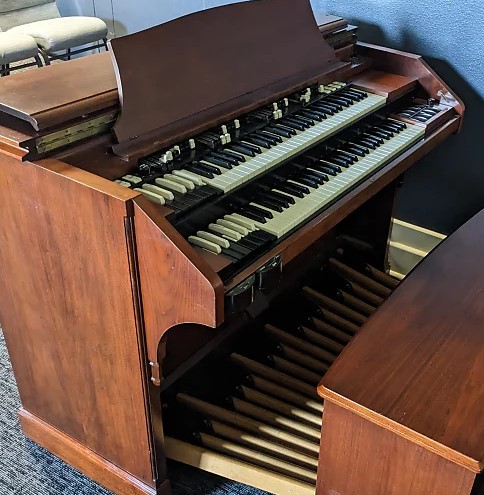 This bridge is seven measures in length, the instrumentation lessened by the dropping off of Ringo’s drums and the guitar in order to highlight Paul’s sullen piano chords along with the addition of John on organ mimicking his piano part. The first measure works out to be in 6/4 time while the remaining measures revert back to the usual 4/4 pattern heard throughout the verses. A simple tambourine appears in the second through fifth measure of this bridge, played only on the three-beat of each of these measures, and then disappears for a while. The drums and guitar reappear in the fifth measure to bring the mood back up for the remainder of the bridge and into the next verse. This bridge is seven measures in length, the instrumentation lessened by the dropping off of Ringo’s drums and the guitar in order to highlight Paul’s sullen piano chords along with the addition of John on organ mimicking his piano part. The first measure works out to be in 6/4 time while the remaining measures revert back to the usual 4/4 pattern heard throughout the verses. A simple tambourine appears in the second through fifth measure of this bridge, played only on the three-beat of each of these measures, and then disappears for a while. The drums and guitar reappear in the fifth measure to bring the mood back up for the remainder of the bridge and into the next verse.
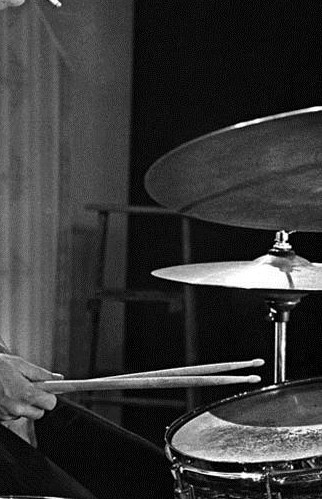 The verse that follows is fourteen measures long this time, beginning with a slight change in lyrics. In order to bring us out of the dirge-like bridge we just heard, Paul appropriately sings “lift up your hearts and sing me a song.” The instrumentation in this third verse is identical to the first two with one curious addition. The third and fourth measures feature some taps on Ringo’s ride cymbal. Since these cymbal taps are centered in the mix like the drums were, and since we know that Ringo only has two arms and he’s using them both on the hi-hat and snare drum at this time, this was either performed as an undocumented overdub or someone went over to the drum set while Ringo was performing the rhythm track and tapped out a few beats on the cymbal. I suspect John doing this because it appears he sat out the rhythm track otherwise. And he was such a goofball anyway…it sounds like something he would do! The verse that follows is fourteen measures long this time, beginning with a slight change in lyrics. In order to bring us out of the dirge-like bridge we just heard, Paul appropriately sings “lift up your hearts and sing me a song.” The instrumentation in this third verse is identical to the first two with one curious addition. The third and fourth measures feature some taps on Ringo’s ride cymbal. Since these cymbal taps are centered in the mix like the drums were, and since we know that Ringo only has two arms and he’s using them both on the hi-hat and snare drum at this time, this was either performed as an undocumented overdub or someone went over to the drum set while Ringo was performing the rhythm track and tapped out a few beats on the cymbal. I suspect John doing this because it appears he sat out the rhythm track otherwise. And he was such a goofball anyway…it sounds like something he would do!
This third verse is longer in measures because of a repeat of measures seven through ten, accentuating the title of the song a couple more times. This then segues into another bridge which is identical to the first in all respects except for the final measure including Paul’s final invitation to “sing it again.”
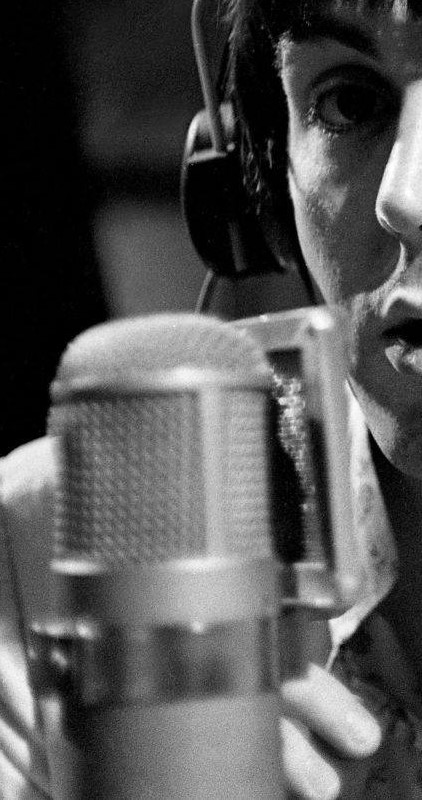 The fourth and final verse extends to eighteen measures in length due to them repeating measures seven through ten twice this time, hammering in the key phrase of the song six times at the end instead of the usual two times. Paul alters the lyrics once again, “da-da”ing the words in the first four measures. John's organ continues out of the bridge this time and finishes out the song. The instrumentation ends on the downbeat of the eighteenth measure while the vocal harmonies add a distinctive Beatles-like “yea-ah” which becomes the finishing touch to the song. Also heard in the final seconds is a sound that can be interpreted as a droning tamboura, although it could just be the result of phasing as used extensively in the mono mix. The fourth and final verse extends to eighteen measures in length due to them repeating measures seven through ten twice this time, hammering in the key phrase of the song six times at the end instead of the usual two times. Paul alters the lyrics once again, “da-da”ing the words in the first four measures. John's organ continues out of the bridge this time and finishes out the song. The instrumentation ends on the downbeat of the eighteenth measure while the vocal harmonies add a distinctive Beatles-like “yea-ah” which becomes the finishing touch to the song. Also heard in the final seconds is a sound that can be interpreted as a droning tamboura, although it could just be the result of phasing as used extensively in the mono mix.
 Paul is ‘center-stage’ once again, playing proficient piano and bass as well as singing appropriate to the occasion. John puts in a suitable organ contribution as well as putting in a campy performance on background harmonies. George’s guitar (if it is him) is almost indiscernible on the track but his vocal harmonies are well done. Ringo’s drum work was perfunctory here, but that was all that was needed to suit the occasion. Paul is ‘center-stage’ once again, playing proficient piano and bass as well as singing appropriate to the occasion. John puts in a suitable organ contribution as well as putting in a campy performance on background harmonies. George’s guitar (if it is him) is almost indiscernible on the track but his vocal harmonies are well done. Ringo’s drum work was perfunctory here, but that was all that was needed to suit the occasion.
The lyrics are simple enough for anyone to understand, Paul wanting us to either “sing” or “get up and dance” to a song that “your mother should know.” Interestingly, this song had to be “a hit before your mother was born,” but was one that she “should know” anyway. The listeners Paul is singing to better pick a very big hit, one that their mothers would have become familiar with even if it was before their time. Of course, there are many generations today who are very familiar with the Beatles catalog even though they were all hits before they were born, so this isn’t so far-fetched after all!
American Releases
“Your Mother Should Know” was first available in the US on November 27th, 1967 as a feature of the “Magical Mystery Tour” album. Even though it was the final song on the British television film, Capitol thought it would work better being the next to last track on the first side of the album, wisely leaving the technically elaborate “I Am The Walrus” as the final word on the soundtrack side of the album. The vinyl version of the album continued to be reissued in the US throughout the years, while it was first released on compact disc on September 21st, 1987 and then was re-released in a remastered state on September 9th, 2009.
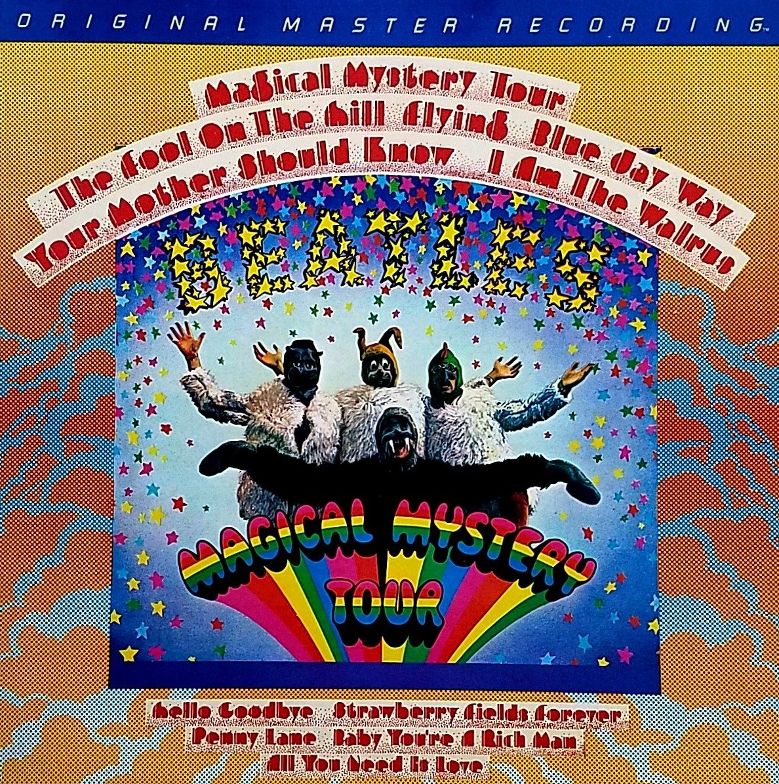 An interesting US vinyl edition of the “Magical Mystery Tour” album was released on February 1st, 1981. This was manufactured by Mobile Fidelity Sound Lab in Chatsworth, California and was part of their "Original Master Recording" series, which prepared its albums utilizing half-speed mastering technology from the original master tapes. In this case, however, they leased the master tape from EMI in the UK, not realizing that this was a second generation master tape originally supplied by Capitol Records in America. While this release sounded superior to conventional vinyl versions, it still contained the duophonic (fake stereo) mixes of “Penny Lane,” “Baby, You're A Rich Man” and “All You Need Is Love.” Also, as was the case with all of the vinyl editions of the album by this time, the original multi-page booklet was omitted from this new vinyl release. Nevertheless, this edition of the album was only available for a short time and is quite collectible today. An interesting US vinyl edition of the “Magical Mystery Tour” album was released on February 1st, 1981. This was manufactured by Mobile Fidelity Sound Lab in Chatsworth, California and was part of their "Original Master Recording" series, which prepared its albums utilizing half-speed mastering technology from the original master tapes. In this case, however, they leased the master tape from EMI in the UK, not realizing that this was a second generation master tape originally supplied by Capitol Records in America. While this release sounded superior to conventional vinyl versions, it still contained the duophonic (fake stereo) mixes of “Penny Lane,” “Baby, You're A Rich Man” and “All You Need Is Love.” Also, as was the case with all of the vinyl editions of the album by this time, the original multi-page booklet was omitted from this new vinyl release. Nevertheless, this edition of the album was only available for a short time and is quite collectible today.
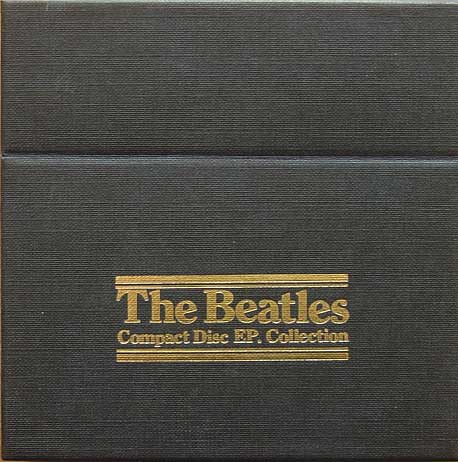 Britain released the soundtrack songs, including “Your Mother Should Know,” as a double EP set, which was first released in America in this configuration as part of the “Compact Disc EP Collection” box set in both stereo and mono. This was released in the states on June 30th, 1992. Britain released the soundtrack songs, including “Your Mother Should Know,” as a double EP set, which was first released in America in this configuration as part of the “Compact Disc EP Collection” box set in both stereo and mono. This was released in the states on June 30th, 1992.
 Then on September 9th, 2009, the original mono mix of “Your Mother Should Know” was included in the CD box set “The Beatles In Mono,” this extensive collection containing the entire mono Beatles catalog in a vibrant remastered condition. Since mono copies of the original Capitol “Magical Mystery Tour” album were quite limited, this was where most American fans heard the mono version of the song for the first time. The vinyl edition of this box set was first released on September 9th, 2014. Then on September 9th, 2009, the original mono mix of “Your Mother Should Know” was included in the CD box set “The Beatles In Mono,” this extensive collection containing the entire mono Beatles catalog in a vibrant remastered condition. Since mono copies of the original Capitol “Magical Mystery Tour” album were quite limited, this was where most American fans heard the mono version of the song for the first time. The vinyl edition of this box set was first released on September 9th, 2014.
On October 8th, 2012, a restored version of the film “Magical Mystery Tour” was released on DVD and Blu-ray, available also as a deluxe edition “Collectors Box” which included an actual vinyl EP set as originally released in Britain but in remastered mono. With “Your Mother Should Know” as part of this set, this was the first time the vinyl EP was released in America.
Live Performances
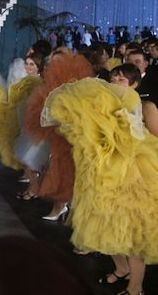 The only Beatles performance of the song was as filmed and featured in the “Magical Mystery Tour” television special. Shot on September 24th, 1967, in a huge hangar at the West Malling Air Station in Kent, it featured The Beatles wearing all white suits and shoes dancing down a staircase in uniform sweeping movements with 160 members of Peggy Spencer’s dancing team and 24 cadets from the Women’s Royal Air Force around them. The only Beatles performance of the song was as filmed and featured in the “Magical Mystery Tour” television special. Shot on September 24th, 1967, in a huge hangar at the West Malling Air Station in Kent, it featured The Beatles wearing all white suits and shoes dancing down a staircase in uniform sweeping movements with 160 members of Peggy Spencer’s dancing team and 24 cadets from the Women’s Royal Air Force around them.
“The big prop was that great big staircase that we danced down,” Paul explains in his book “Many Years From Now.” “That was where all the money went: in that particular shot on that big staircase. I said, ‘Sod it, you’ve got to have the Busby Berkeley ending,’ and it is a good sequence. Just the fact of John dancing; which he did readily. You can see by the fun expression on his face that he wasn’t forced into anything.”
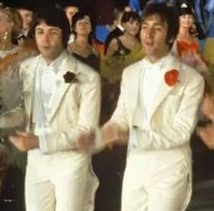 With the “Paul is dead” rumors of late 1969, many were quick to point to the “clue” of Paul being the only Beatle wearing a black carnation in this filmed segment. “There’d been a mistake,” Paul insists, “as there often is with film crews, and they’d brought three red ones and a few black ones, and for some reason, I said, ‘Well, you have them.’ I wasn’t trying to make a special point or anything, but it became part of the ‘Paul is dead’ legacy afterwards.” So, there you go, conspiracy theorists! With the “Paul is dead” rumors of late 1969, many were quick to point to the “clue” of Paul being the only Beatle wearing a black carnation in this filmed segment. “There’d been a mistake,” Paul insists, “as there often is with film crews, and they’d brought three red ones and a few black ones, and for some reason, I said, ‘Well, you have them.’ I wasn’t trying to make a special point or anything, but it became part of the ‘Paul is dead’ legacy afterwards.” So, there you go, conspiracy theorists!
Finally, in 2013, Paul thought to include "Your Mother Should Know" in the set list of the first leg of his "Out There!" tour, which ran from May 4th (Belo Horizonte, Brazil) to August 14th (Regina, Canada) of that year. He treated his audiences to the song while playing his famous psychedelic-painted piano.
Conclusion
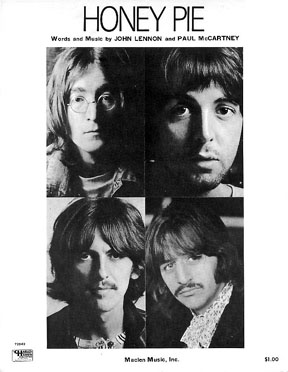 While most writers or commentators are eager to dismiss “Your Mother Should Know” as just another campy nostalgic trip to a bygone era that Paul liked to indulge in, upon inspection we can see that, in this instance, The Beatles watered down the instrumentation (no clarinets as in “When I’m Sixty-Four”) and added some unprecedented structuring (the half-tempo instrumental bridge is uncharacteristic to music of that era) to create a sing-a-long song that fits well into the group’s catalog. One could even say that it resembles “With A Little Help From My Friends” to a greater degree than it does Paul’s throw-back compositions, such as “Honey Pie.” While most writers or commentators are eager to dismiss “Your Mother Should Know” as just another campy nostalgic trip to a bygone era that Paul liked to indulge in, upon inspection we can see that, in this instance, The Beatles watered down the instrumentation (no clarinets as in “When I’m Sixty-Four”) and added some unprecedented structuring (the half-tempo instrumental bridge is uncharacteristic to music of that era) to create a sing-a-long song that fits well into the group’s catalog. One could even say that it resembles “With A Little Help From My Friends” to a greater degree than it does Paul’s throw-back compositions, such as “Honey Pie.”
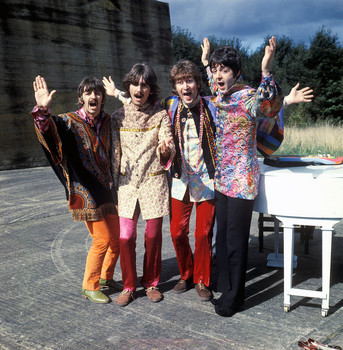 Maybe instead of categorizing the song we should appreciate its simple charm and celebrate The Beatles’ diversity; from “Your Mother Should Know” to “I Am The Walrus,” both on the same side of a record that was nominated for “Best Album” at the 1969 Grammy Awards. They must have been doing something right! Maybe instead of categorizing the song we should appreciate its simple charm and celebrate The Beatles’ diversity; from “Your Mother Should Know” to “I Am The Walrus,” both on the same side of a record that was nominated for “Best Album” at the 1969 Grammy Awards. They must have been doing something right!
As John Lennon was quoted in Rolling Stone magazine at the time: “There are only about 100 people in the world who understand our music.” I’m sure we’d all like to be counted among that number.
Song Summary
“Your Mother Should Know”
Written by: John Lennon / Paul McCartney
-
Song Written: between May and August, 1967
-
Song Recorded: August 22, 23, September 29, 1967
-
First US Release Date: November 27, 1967
-
-
US Single Release: n/a
-
Highest Chart Position: n/a
-
-
Length: 2:33
-
Key: C major
-
Producer: George Martin
-
Engineers: John Timperley, John Iles, Ken Scott, Graham Kirkby
Instrumentation (most likely):
-
Paul McCartney - Lead and Harmony Vocals, Piano (unknown), Bass (1964 Rickenbacker 4001 S)
-
John Lennon - Organ (Hammond RT-3), cymbals (?), harmony vocals
-
George Harrison - Rhythm Guitar (1961 Sonic Blue Fender Stratocaster), tamboura (?), harmony vocals
-
Ringo Starr - Drums (1964 Ludwig Super Classic Black Oyster Pearl), tambourine
Written and compiled by Dave Rybaczewski
|
IF YOU WOULD LIKE TO MAKE A DONATION TO KEEP THIS WEBSITE UP AND RUNNING, PLEASE CLICK BELOW!
Sign Up Below for our MONTHLY BEATLES TRIVIA QUIZ!
|